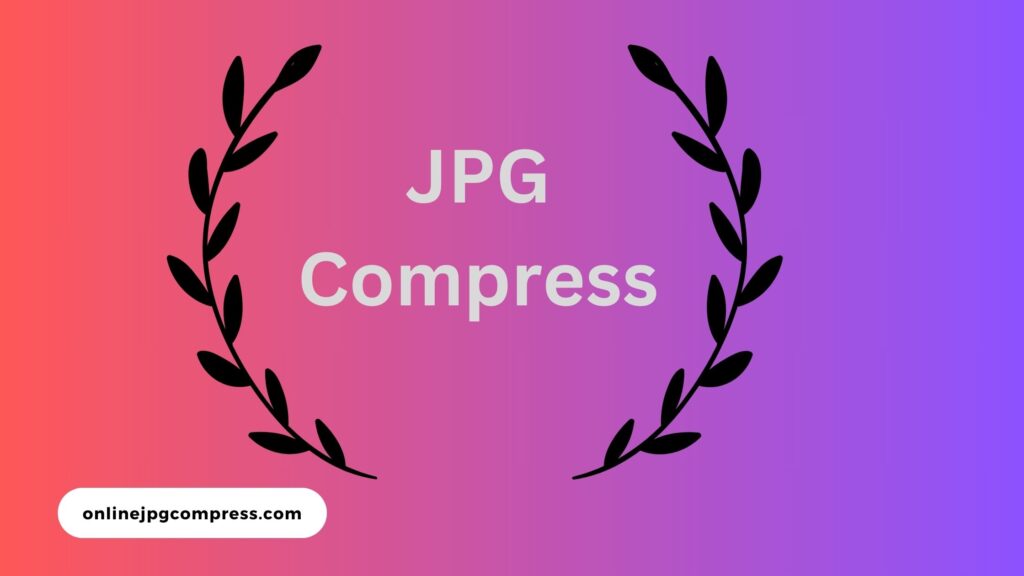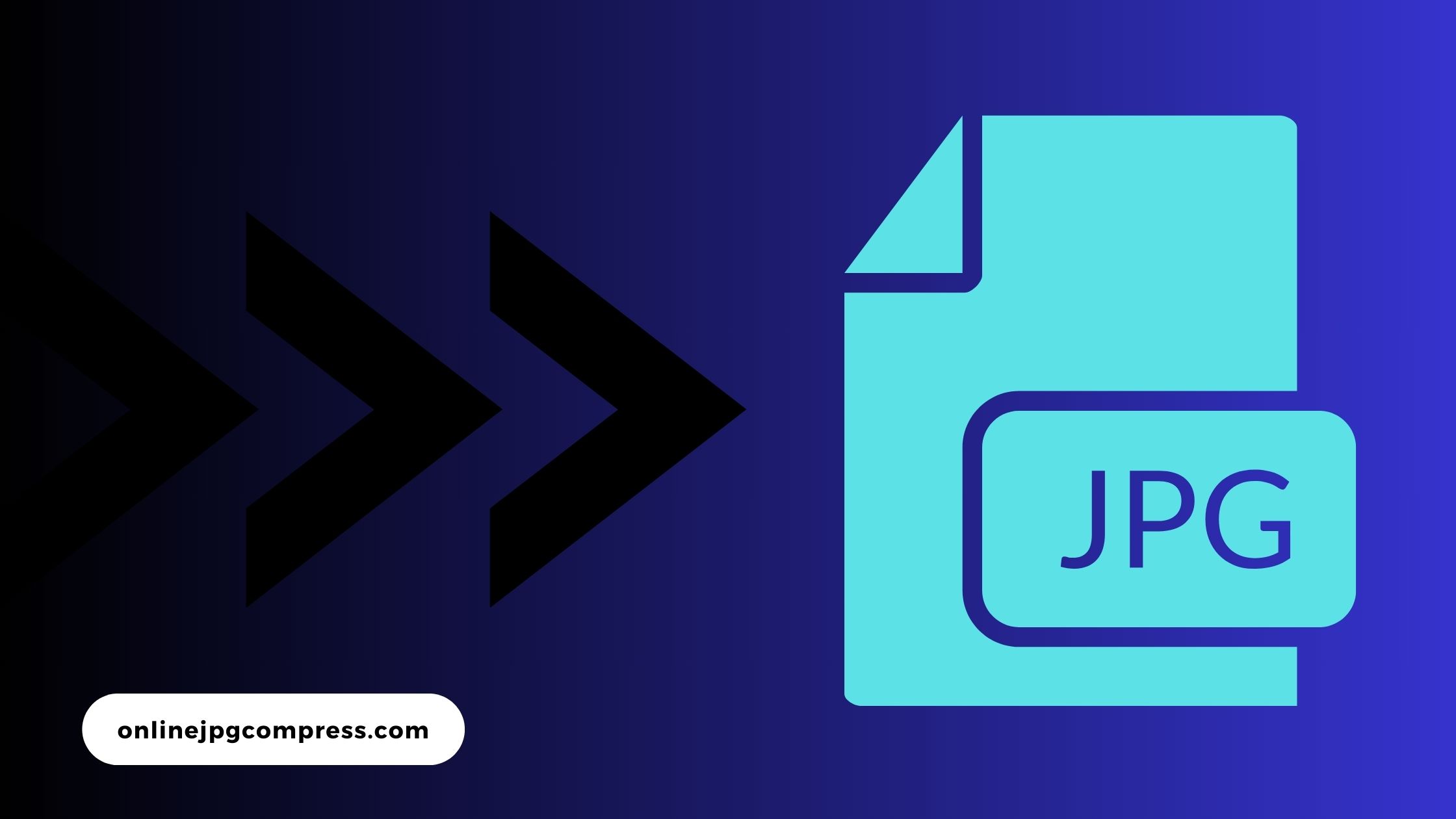Introduction:
In the digital age, where visuals dominate the online landscape, optimizing JPG Compress image files has become paramount.
One of the most popular image formats is JPG, known for its balance between quality and file size.
This article explores the importance of JPG image compression in the United States and provides a comprehensive guide on how to achieve optimal results.
Read this – Effortless Excellence: Compressing JPG to 200KB for Peak Web Performance

Why Compress JPG Images?
Compressing JPG (or JPEG) images is crucial for several reasons. Firstly, it reduces file size, making images easier and faster to upload, download, and share.
Smaller file sizes contribute to improved website performance, especially in terms of loading times, essential for a seamless user experience.
Secondly, compressed JPGs save storage space. Whether you’re managing a website, storing images on a device, or sending them via email, smaller files consume less disk space, optimizing resource usage.
Moreover, compressed JPGs are bandwidth-friendly, reducing the data transfer required to load images on websites.
This is particularly significant for users with limited bandwidth or slower internet connections, ensuring accessibility for a broader audience.
Additionally, smaller file sizes facilitate quicker image rendering in applications and web browsers, reducing the time users spend waiting for content to appear.
This is particularly crucial in today’s fast-paced digital environment where users expect instant access to information.
Ultimately, compressing JPG images strikes a balance between maintaining acceptable image quality and optimizing performance across various digital platforms,
making it a fundamental practice for efficient data management and seamless user interactions.
Benefits of JPG Compression:
Faster Loading Times: Boosting loading times is all about efficiency. Optimize your web content by compressing images and minifying code.
Leverage browser caching to store static resources, so they don’t reload every visit. Consider lazy loading for images, loading them only as needed.
Upgrade your hosting to a faster server or utilize content delivery networks (CDNs) to distribute content globally.
Prioritize critical rendering paths, allowing essential elements to load first. Implement asynchronous loading for non-essential scripts.
Lastly, stay on top of performance metrics using tools like Google PageSpeed Insights to identify and address bottlenecks. Speed up, streamline, and watch your loading times fly.
Bandwidth Efficiency: Maximize bandwidth efficiency with smart strategies. Embrace compression techniques like GZIP to reduce file sizes, ensuring faster data transmission.
Leverage content delivery networks (CDNs) for distributed server locations, minimizing latency and optimizing content delivery.
Implement browser caching to store and retrieve frequently used resources locally, reducing the need for repeated downloads. Optimize images through compression and choose the right file formats.
Prioritize critical content to load first, enhancing user experience. Employ HTTP/2 or HTTP/3 protocols for faster and more efficient data transfer.
Regularly monitor and analyze bandwidth usage to identify opportunities for further optimization. Streamline, compress, and fine-tune for bandwidth excellence.
Storage Space: Maximize bandwidth efficiency with smart strategies. Embrace compression techniques like GZIP to reduce file sizes, ensuring faster data transmission.
Leverage content delivery networks (CDNs) for distributed server locations, minimizing latency and optimizing content delivery. Implement browser caching to store and retrieve frequently used resources locally, reducing the need for repeated downloads.
Optimize images through compression and choose the right file formats. Prioritize critical content to load first, enhancing user experience. Employ HTTP/2 or HTTP/3 protocols for faster and more efficient data transfer.
Regularly monitor and analyze bandwidth usage to identify opportunities for further optimization. Streamline, compress, and fine-tune for bandwidth excellence.

How to Compress JPG Images:
Use Online Tools: Websites like TinyPNG, JPEG-Optimizer, and Compressor.io offer easy-to-use interfaces for uploading and compressing JPG images without compromising quality.
Desktop Software: Software such as Adobe Photoshop and GIMP provides advanced compression options, allowing users to control the level of compression and preview the results.
WordPress Plugins: For website owners using WordPress, plugins like Smush and Imagify automate the compression process, making it convenient and efficient.
Best Practices for JPG Compression:
Balance Quality and Size: Find the optimal balance between image quality and file size. Aim for a compression level that maintains visual appeal while reducing the overall file size.
Resizing Images: Resize images to the actual dimensions required on the website. This prevents unnecessary data from being loaded and improves loading times.
Image Format Consideration: Evaluate whether JPG is the best format for all images. PNG or WebP may be more suitable for certain scenarios.
SEO Implications: Compressing JPG images has notable SEO implications, directly influencing a website’s search engine performance. Google considers page speed as a ranking factor, and smaller image files resulting from compression contribute to faster loading times.
This is crucial because search engines prioritize user experience, and faster-loading pages enhance it, potentially boosting search rankings.
Additionally, compressed images reduce the overall file size of a webpage, leading to improved crawlability by search engine bots.
Efficient crawling enables search engines to index more pages within their allocated crawl budget, positively impacting a website’s visibility in search results.
Mobile optimization is another key aspect of SEO, and smaller image files are particularly beneficial for mobile users with limited bandwidth.
Google emphasizes mobile-first indexing, meaning it primarily uses the mobile version of a site for ranking and indexing. Faster-loading pages, facilitated by compressed images, align with this mobile-first approach.
Furthermore, user engagement is higher on sites with faster loading times, reducing bounce rates and increasing the likelihood of users staying on the page.
Search engines interpret longer visit durations and lower bounce rates as signals of valuable content, potentially influencing rankings positively.
In essence, compressing JPG images is a practical SEO strategy, contributing to improved page speed, crawlability, mobile optimization, and overall user experience—all factors that search engines consider when determining search rankings.

Conclusion:
In the United States, where digital presence is significant, optimizing website performance is crucial. JPG image compression not only enhances user experience but also positively influences SEO rankings. By following best practices and utilizing the right tools, individuals and businesses.

2 thoughts on “The Ultimate Guide to JPG Compress in the United States”